These labyrinths represent centuries of architectural innovation. From stone mosaics at Chartres Cathedral to precise hedge mazes of English castles, each site displays distinct construction methods and cultural significance. The collection includes underground passages, stone labyrinths, and geometric garden patterns from multiple continents.
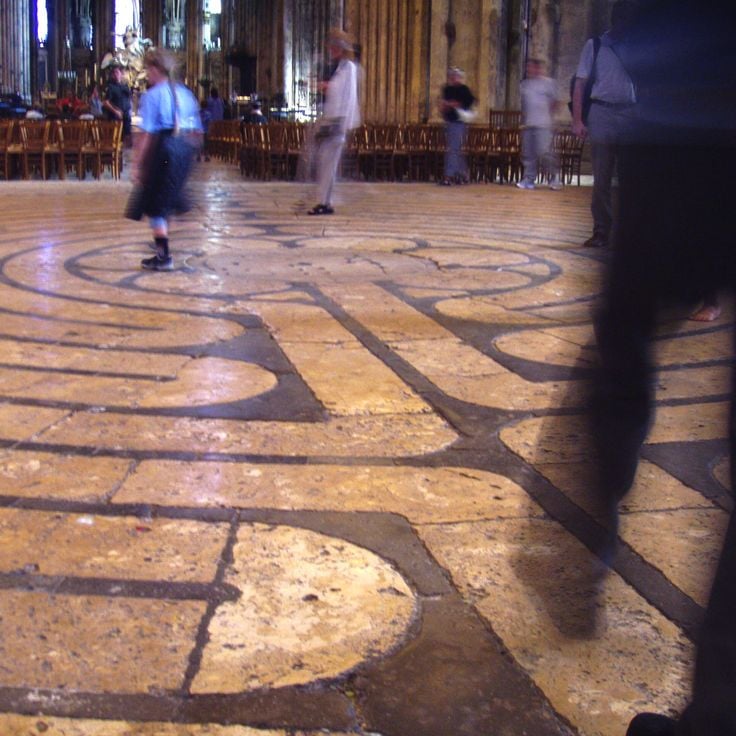
Chartres, France
The thirteenth century labyrinth is inlaid with black and white stone tiles on the floor of the central nave.
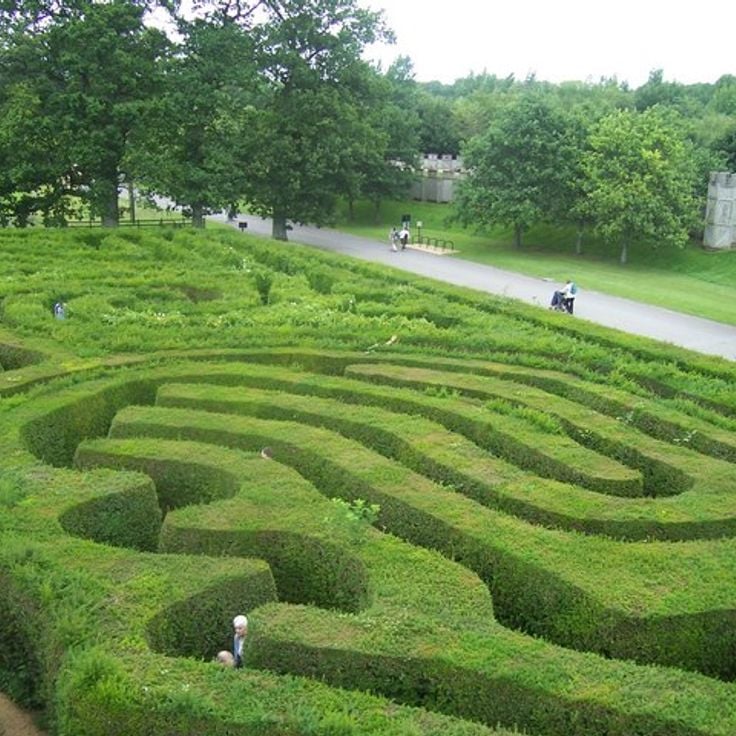
Wiltshire, England
The garden contains 1.75 miles of paths between 16,000 English yew trees planted in 1975.
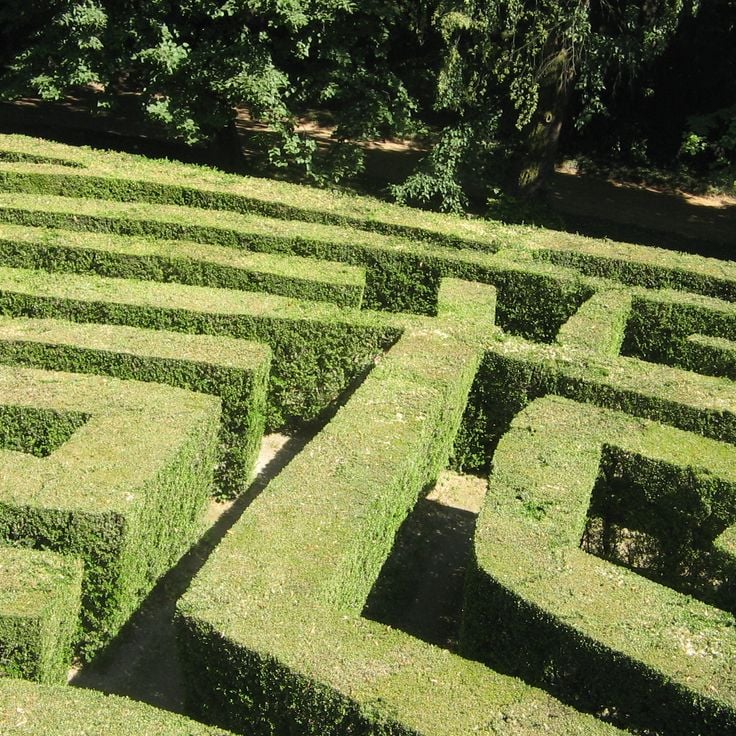
Venice, Italy
A complex hedge maze with a central tower, built in the 18th century for the noble Venetian Pisani family.
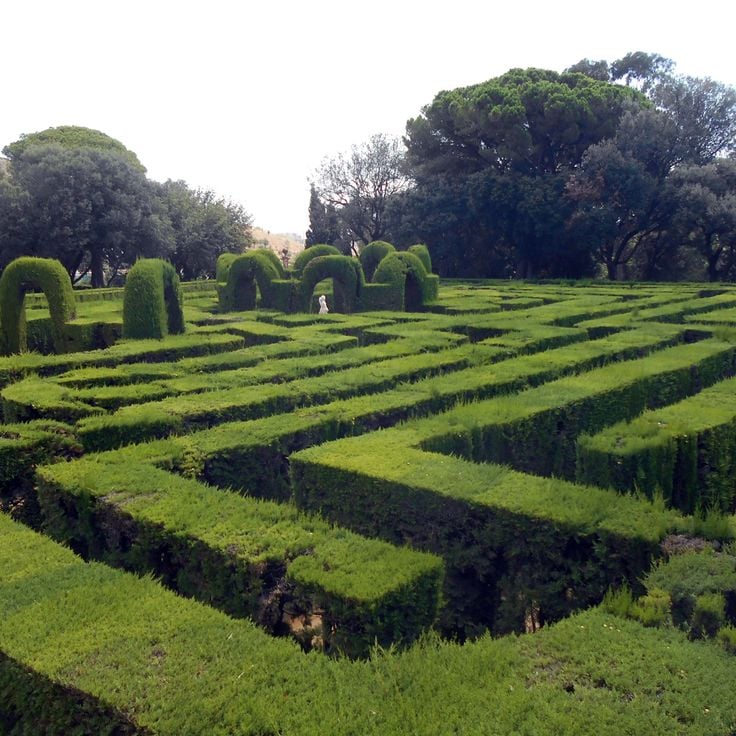
Barcelona, Spain
The garden created in 1794 features a cypress maze with mythological sculptures and neoclassical elements.
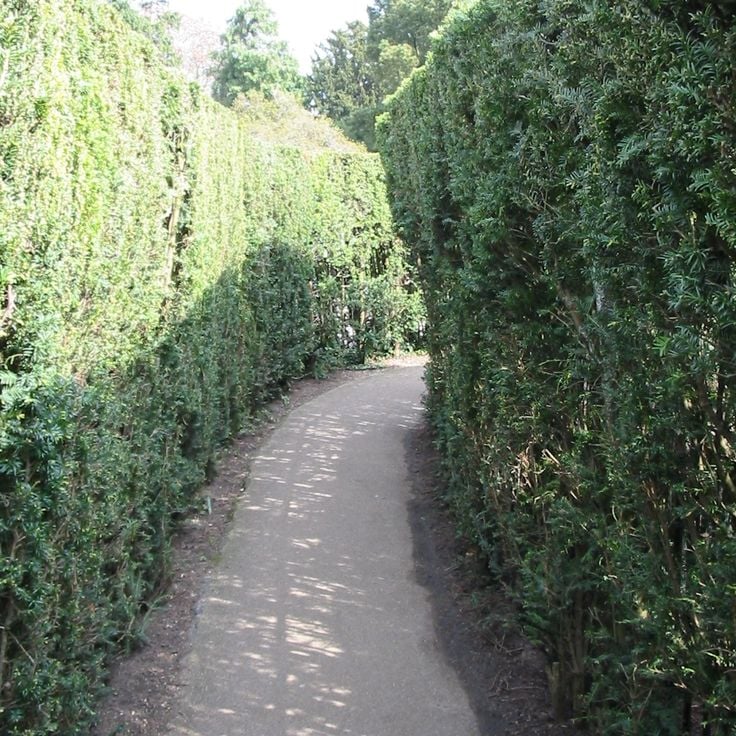
London, England
This yew tree maze was created in 1690 and stands as one of the oldest garden labyrinths in the world.
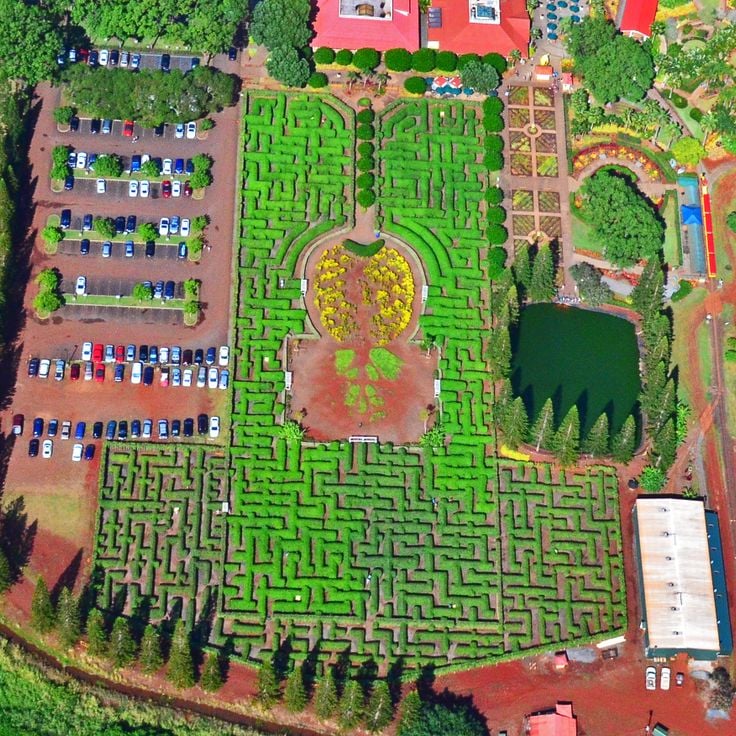
Oahu, Hawaii
The two-hectare maze contains 14,000 Hawaiian plants including pineapples, hibiscus, and heliconia.

Castlewellan, Northern Ireland
The maze consists of 6000 yew trees and was planted in 2000 by the local community.

Wieliczka, Poland
The mine extends across nine levels with 287 kilometers of passages and chambers carved in crystalline salt.
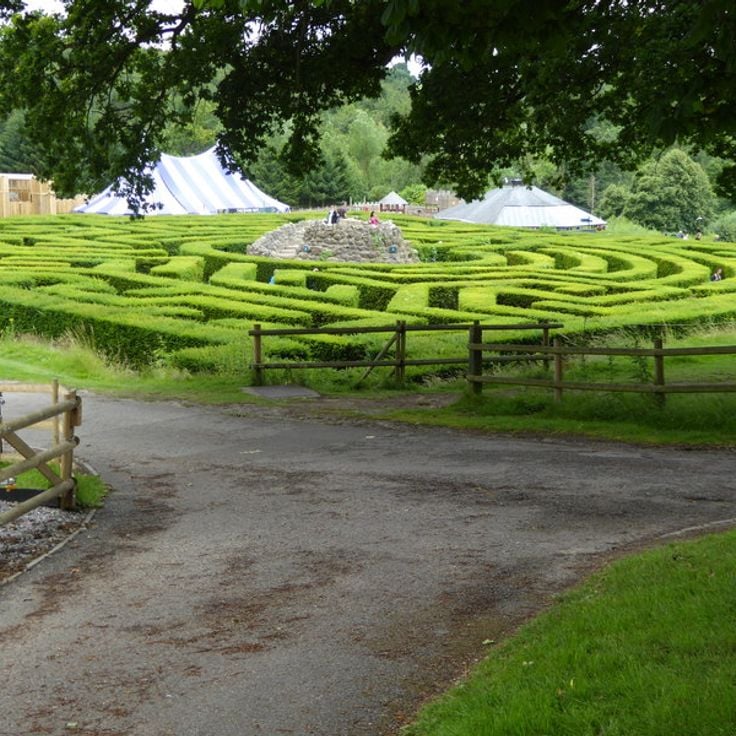
Kent, England
The grounds contain 2400 yew trees arranged in a circular pattern. An underground grotto stands at its center.
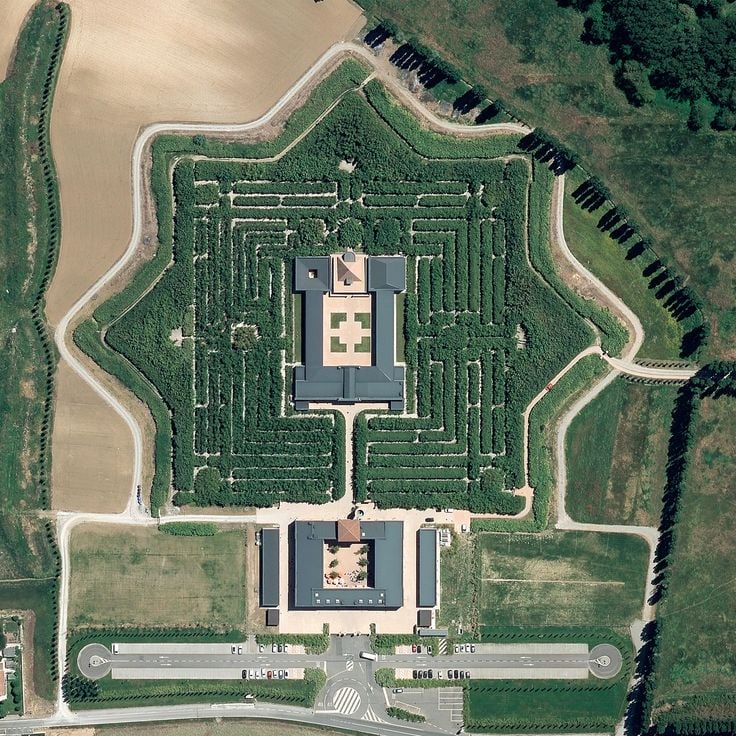
Parma, Italy
A bamboo maze covering 8 hectares of land. It contains an art collection and a library with 15,000 books.

Arkhangelsk, Russia
Prehistoric stone formations dating to the 1st millennium BC. The island contains 35 labyrinths with spiral patterns.
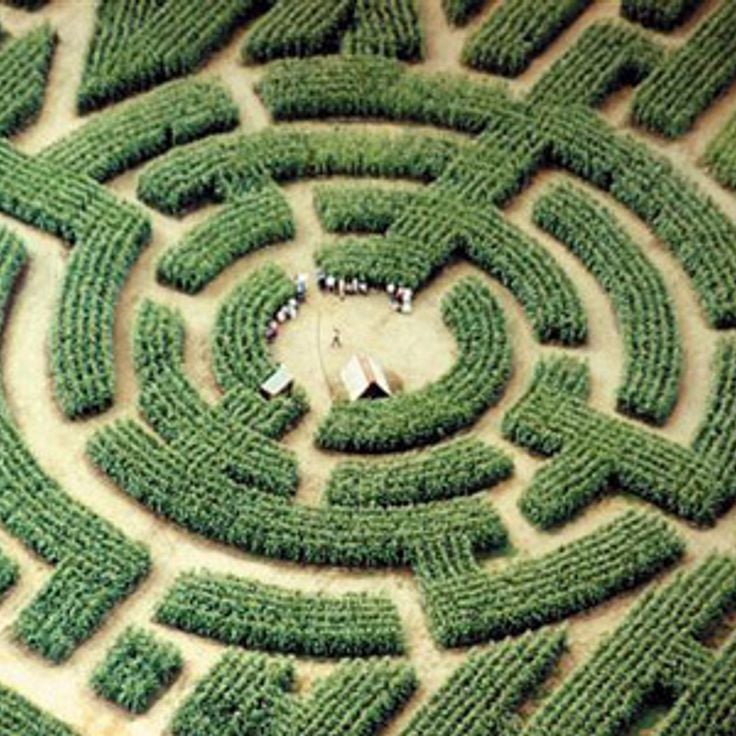
Barvaux, Belgium
This outdoor maze features 11 kilometers of paths between cornfield walls that change pattern each year. Visitors navigate through different sections with riddles and games.
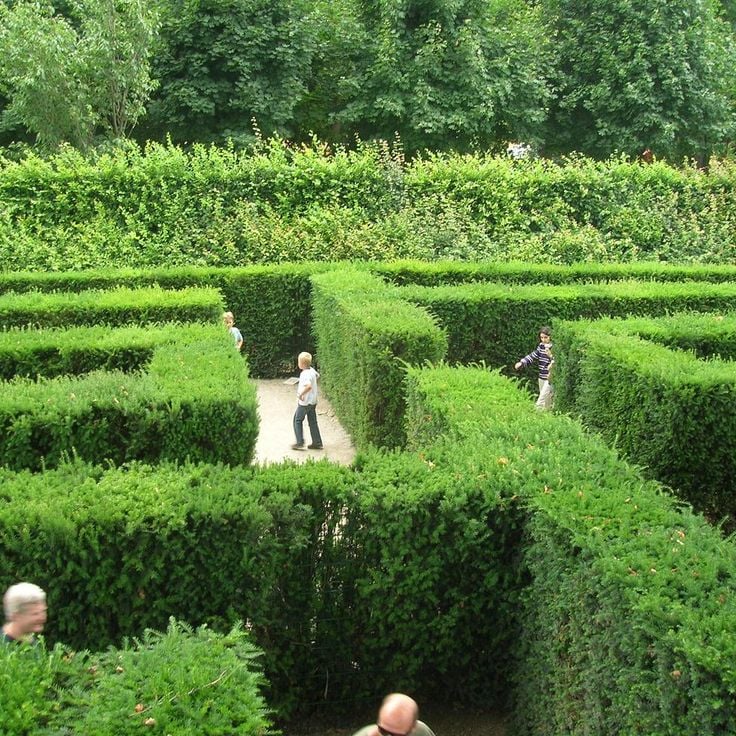
Vienna, Austria
The hedge maze spans 1715 square meters and features multiple paths through hornbeam walls. A viewing platform overlooks the pattern.
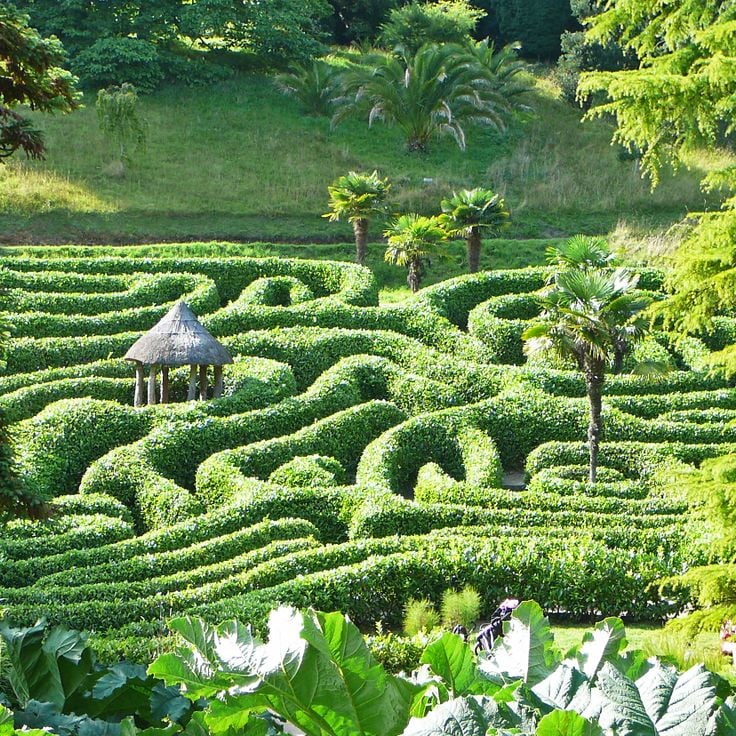
Cornwall, England
The long paths of this 180-year-old maze extend through tall cherry laurel hedges leading to a small thatched hut at the center.

Shoreham, Australia
This garden features two hedge mazes made of Monterey Cypress trees, with paths that wind through three meters high walls of green foliage.

Illinois, USA
This seasonal corn maze covers 13 hectares of agricultural land and contains 16 kilometers of paths with different difficulty levels and checkpoints.
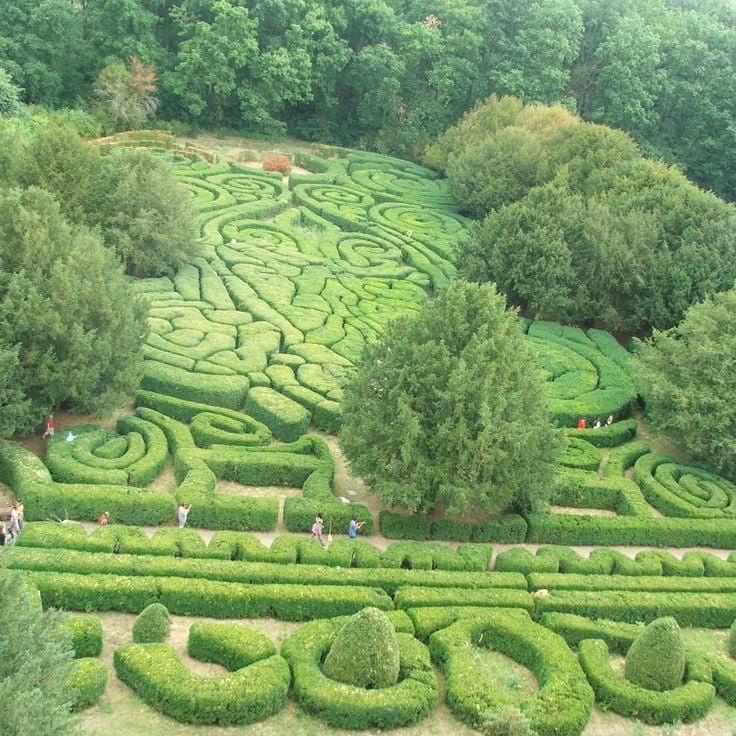
Andrássy Castle, Hungary
This garden maze features geometric patterns with boxwood hedges and forms part of the nineteenth century landscaped gardens surrounding the historical castle.
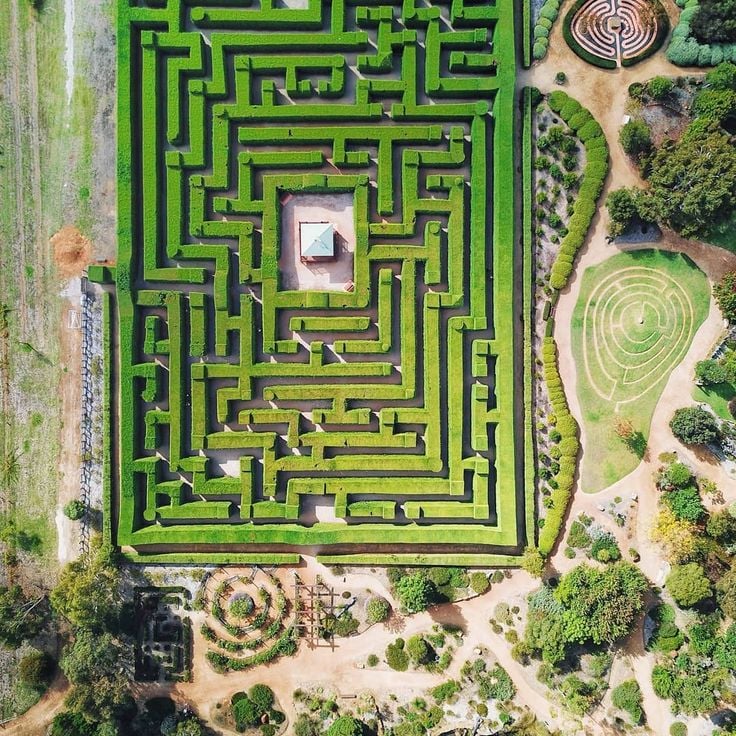
Margaret River, Australia
This geometric hedge pattern forms a winding path through native plants and covered walkways. Visitors navigate through multiple sections with different themes.
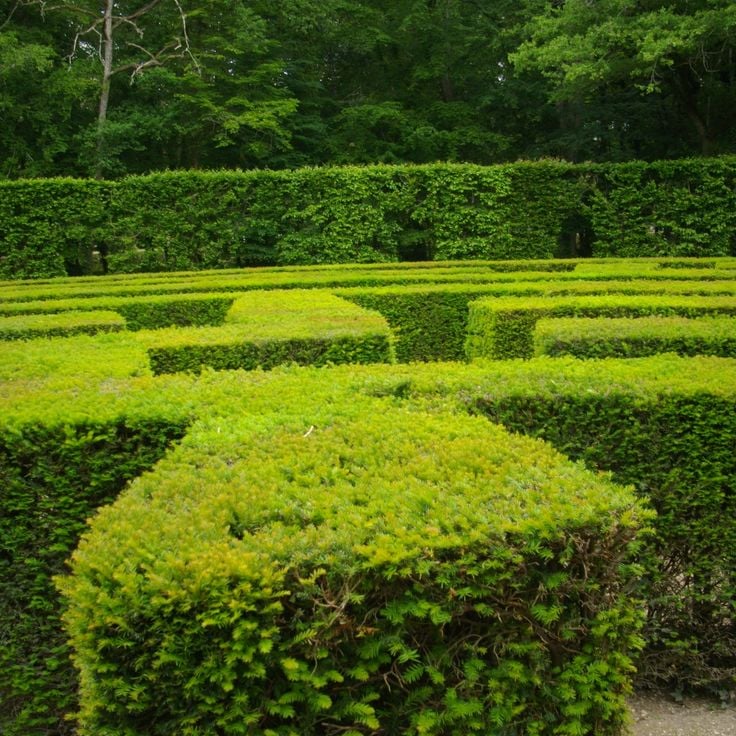
Loire Valley, France
This renaissance garden hedge maze spans 1500 square meters within the castle grounds, featuring paths between yew trees planted in geometric patterns.
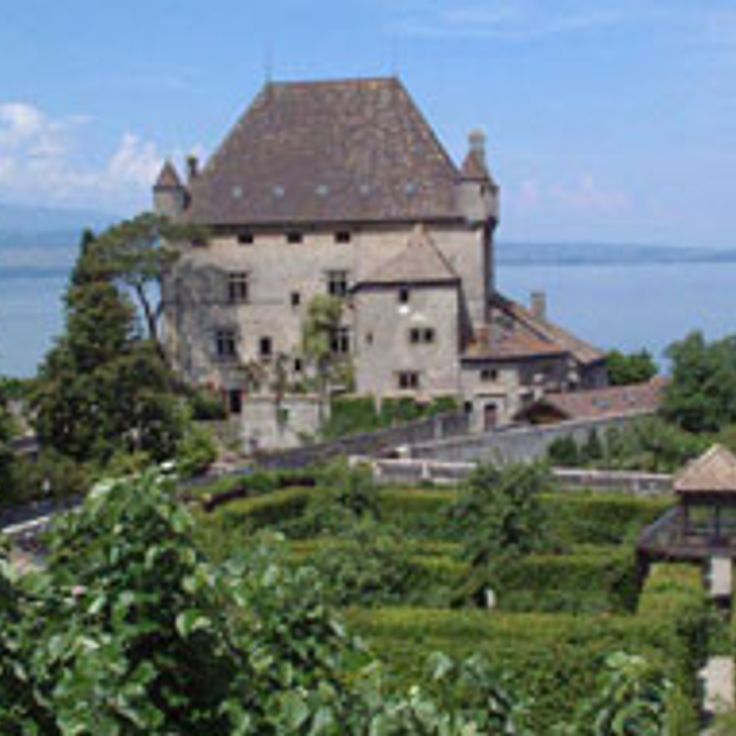
Yvoire, France
The garden contains aromatic herbs, textured plants, and water features. Each section focuses on stimulating different senses through plant selection and design.

San Francisco, USA
Stone pathways create patterns on a cliff above the Pacific Ocean. The design incorporates natural rock formations with constructed elements near the Golden Gate Bridge.
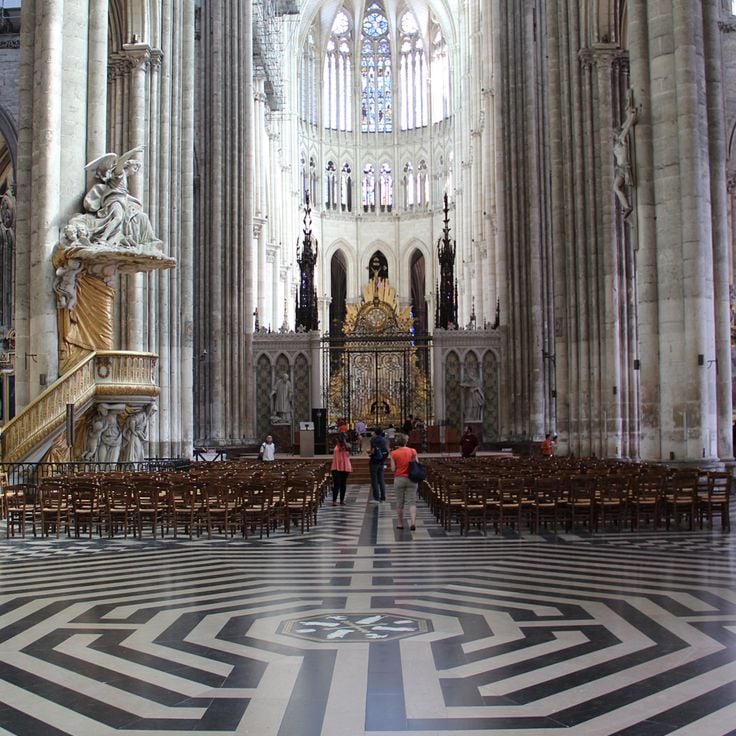
Amiens, France
Medieval stone labyrinth embedded in the cathedral floor, built in the 13th century with 13 turns leading to center. The pattern spans 40 feet in diameter.

Essex, England
This circular grass pattern dates from the medieval period and measures 100 feet in diameter. The single path covers 1 mile when walked from entrance to center.






















